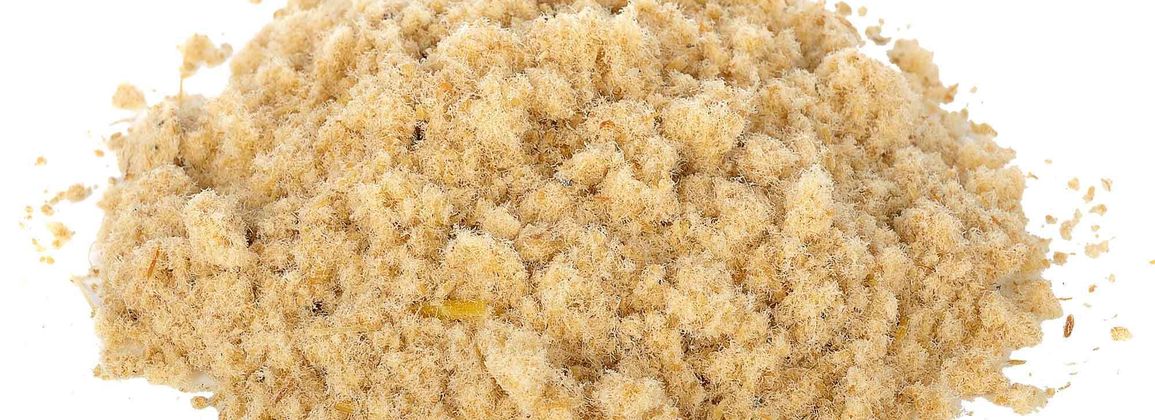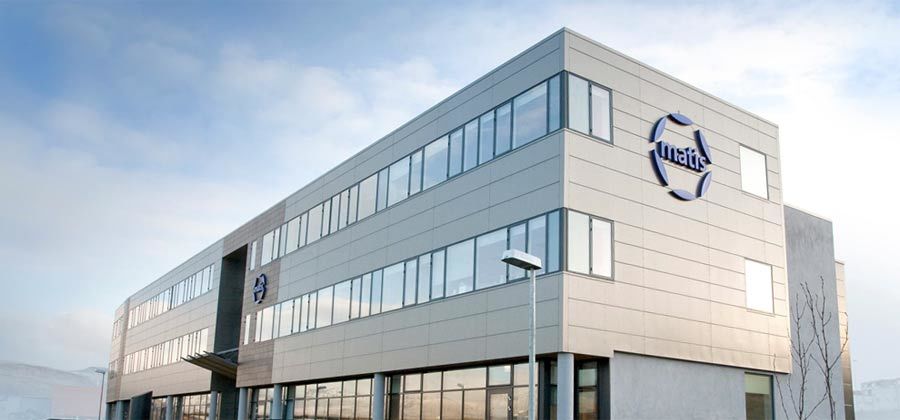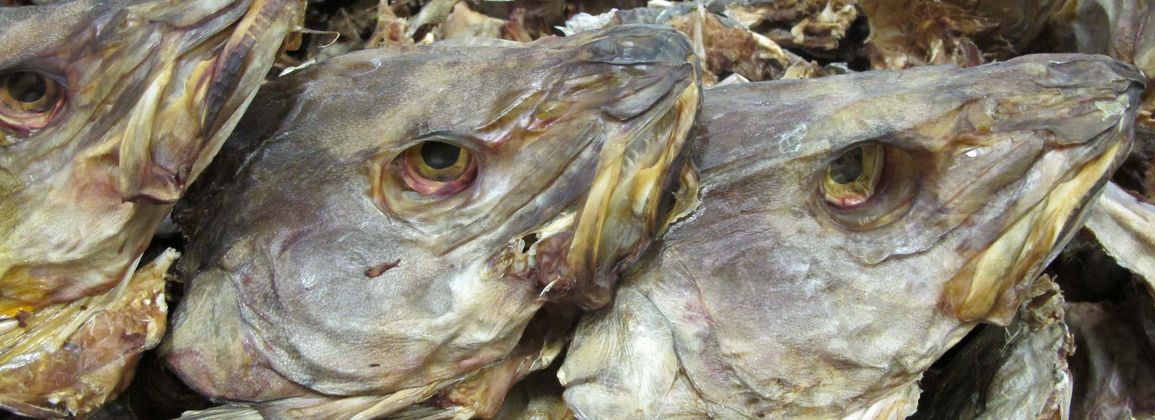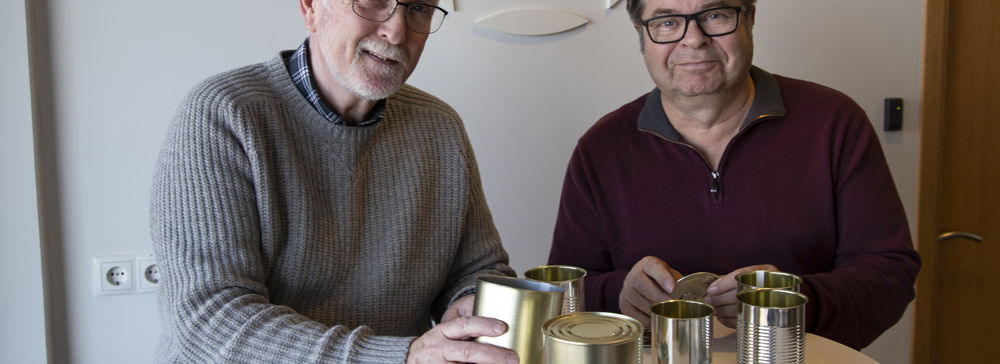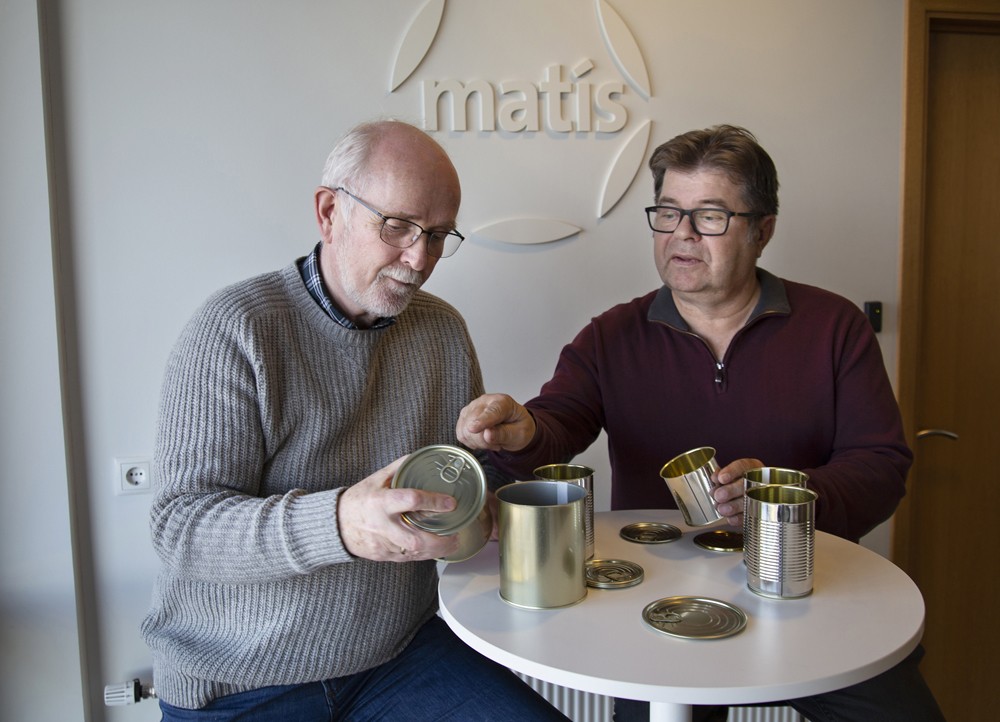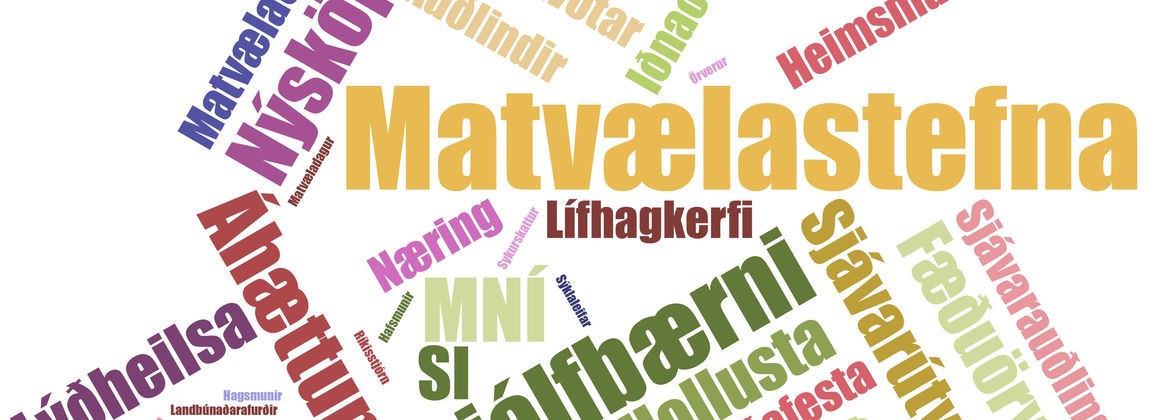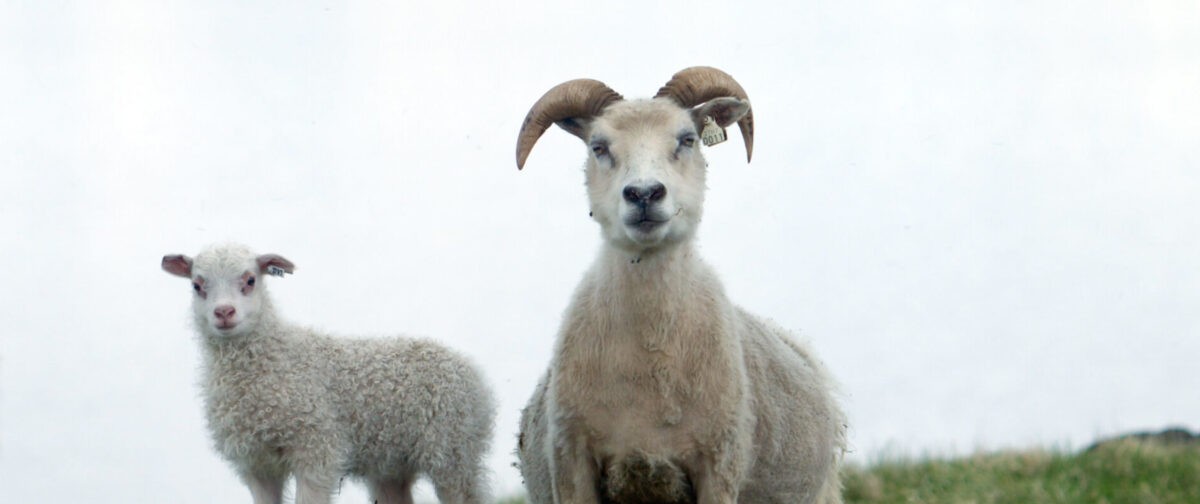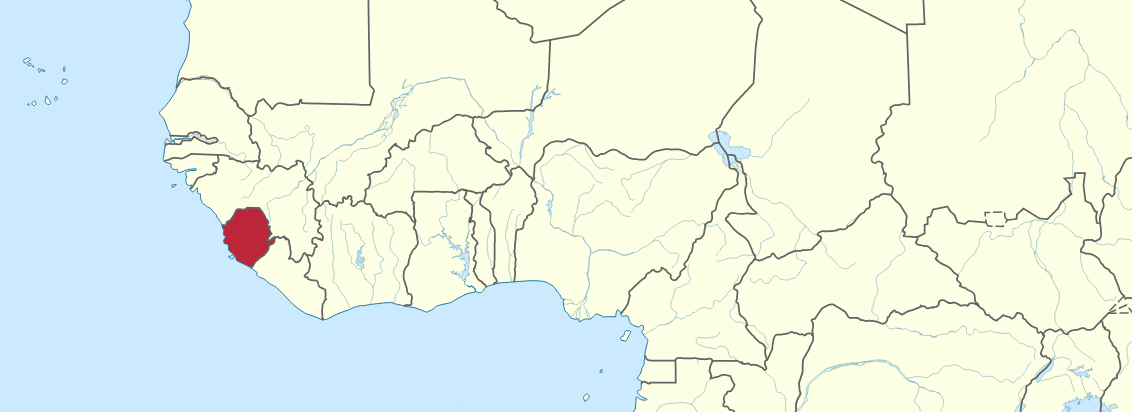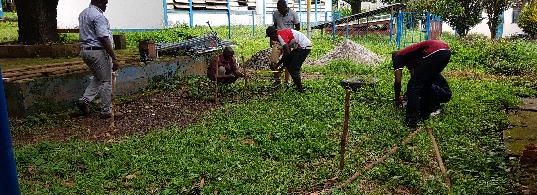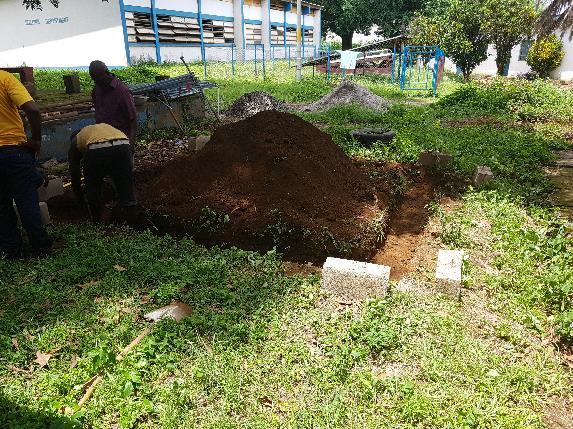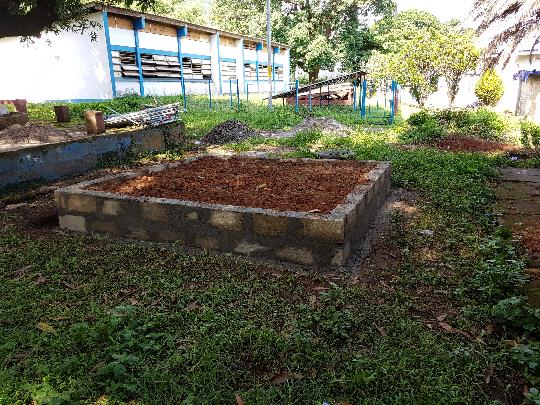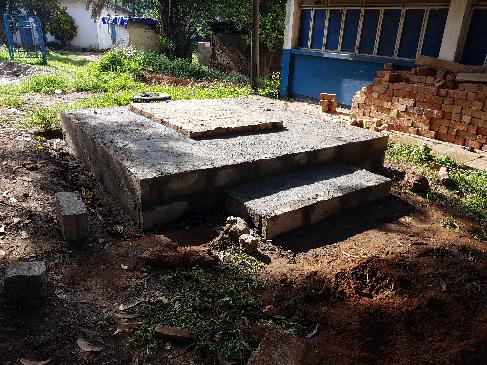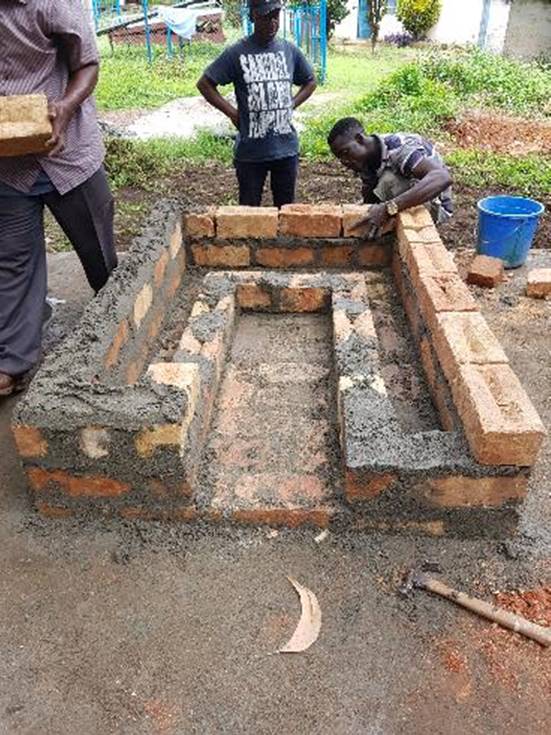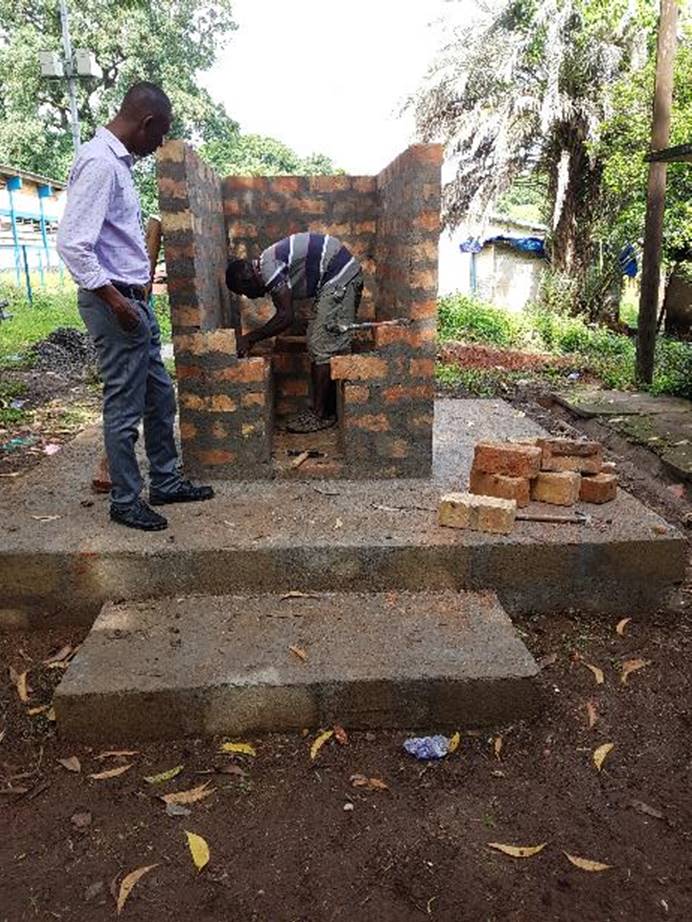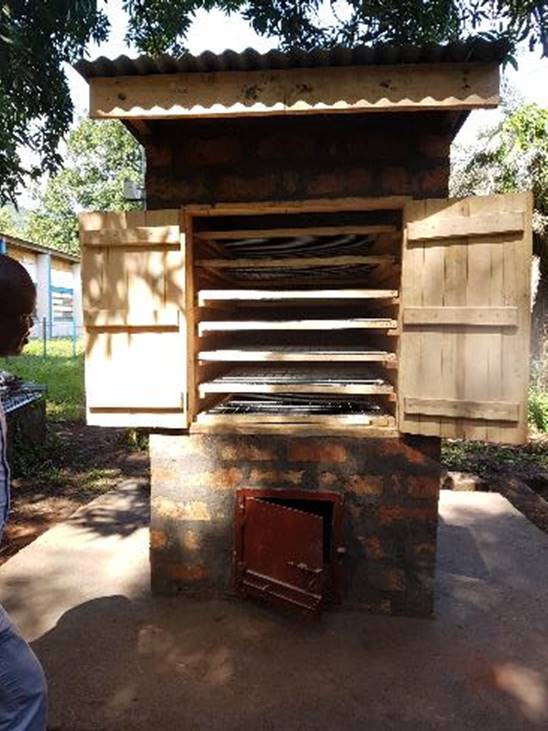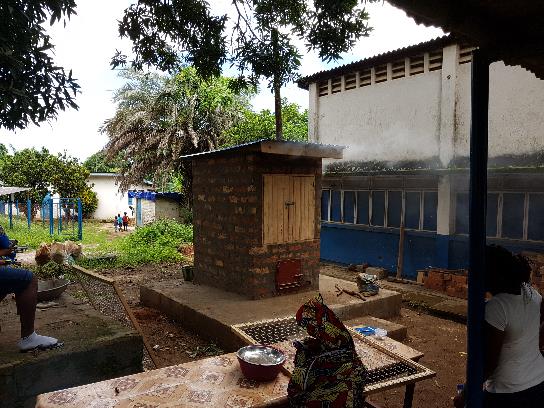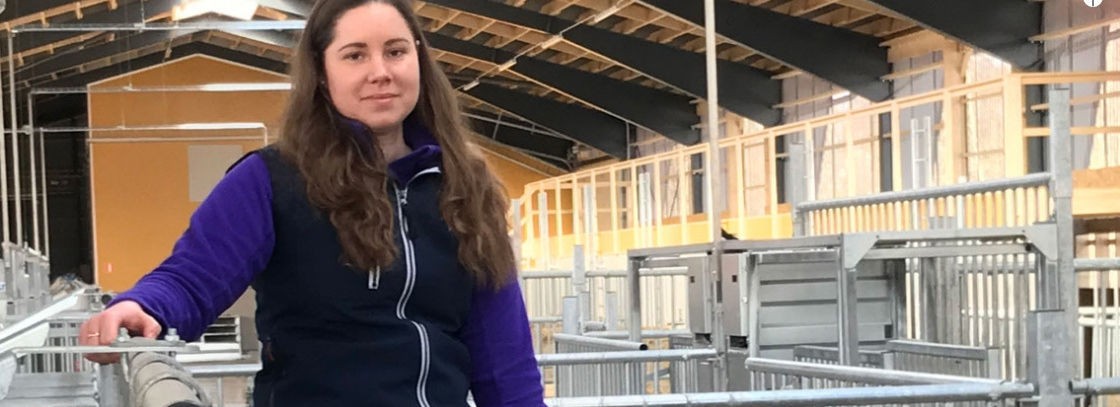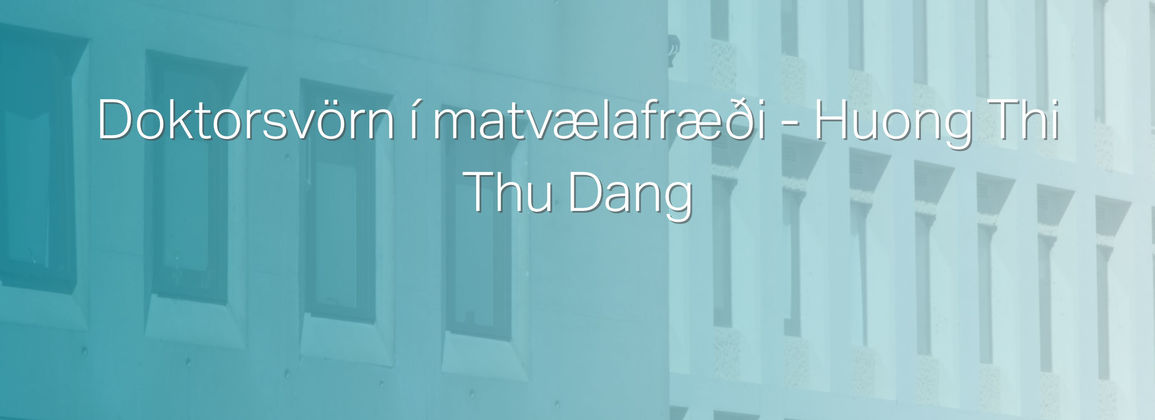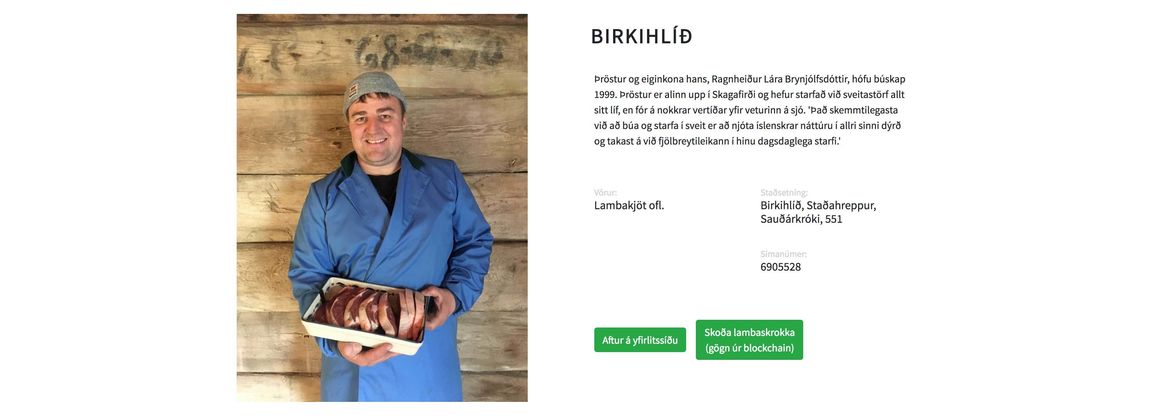Contact
Sigurjón Arason
Chief Engineer
sigurjon.arason@matis.is
On Wednesday 3 October, Huong Thi Thu Dang will defend his doctoral dissertation in food science at the Faculty of Food and Nutrition, University of Iceland. The thesis is entitled: Increasing the quality of frozen fish products by improving processing and storage (e. Enhancing the quality of frozen fish products through improved processing and storage).
Opponents are dr. Ragnar Ludvig Olsen Norwegian College of Fishery Science, University of Tromsø, Norway and dr. Santiago Aubourg Professor at CSIC in Spain.
Supervising teachers and supervisors were dr. Sigurjón Arason Professor at the Faculty of Food and Nutrition, University of Iceland and Chief Engineer at Matís and dr. María Guðjónsdóttir Professor at the Faculty of Food and Nutrition, University of Iceland. In addition to them, the doctoral committee included dr. Tumi Tómasson, director of the Marine Research Institute, dr. Magnea G. Karlsdóttir, Matís and dr. Minh Van Nguyen Associate Professor at Nha Trang University, Vietnam.
Dr. Bryndís Eva Birgisdóttir, professor at the Faculty of Food and Nutrition at the University of Iceland, will chair the ceremony, which will take place in the Celebration Hall of the University of Iceland and will begin at 14:00.
Summary of study
Freezing and cold storage is an effective method of maintaining quality and extending the shelf life of seafood. The production of frozen products equalizes the supply of seafood when fishing and slaughtering farmed fish is seasonal. The condition of raw materials, processing methods and conditions of storage and transport can affect the quality and stability of frozen products. The aim of the study was therefore to gain a deeper understanding of the physical changes in the fillets of three fish species during long-term storage in the freezer, and to investigate which factors affect their quality.
Redfish (Sebastes marinus) was caught southwest of Iceland in June and November 2015, filleted and frozen on days 4 and 9 after fishing, and stored at -25 ° C for up to 20 months. The effects of seasonal changes and the effects of freshness on processing on the stability of frozen redfish fillets were studied. Atlantic herring (Clupea harengus) was caught in the west of Iceland in November 2014 and processed on the one hand before mortality and on the other after mortality. The effect of these variables on the stability of herring products in cold storage at -25 ° C for 5 months was investigated. Pangasus (Pangasius hypophthalmus) from aquaculture was filleted in Vietnam and the effects of additives (a mixture of sodium phosphate, sodium chloride and citric acid) and product stability packaging were studied at -18.6 ± 0.2 ° C for up to 12 months.
The study showed that it is important for the fishing industry to ensure uniform and correct temperature control when products are stored in the freezer. Redfish caught in November, outside the spawning season, must be handled with care to ensure the correct quality of frozen products. Finishing and processing of fish should take place as soon as possible after fishing. However, if the fish is handled correctly, the fishing trip and time before processing can be extended. The use of additives in the processing of frozen pangasius fillets and packaging in vacuum-packed packaging ensures their quality. By using a skin peeling machine that removes the dark muscle (skin cutting), the shelf life of frozen fish fillets can also be significantly extended. However, dark muscle oil can be extracted to ensure efficient utilization of the raw material.
Password: Redfish, herring, pangasius, seasonal fluctuations, fresh ingredients, death starch, additives, packaging, cold storage, temperature fluctuations, physical and chemical properties.
Abstract
Freezing and subsequent frozen storage is an effective preservation method to maintain quality and extend shelf life of fish and fish products. Quality and storage stability of frozen fish products can be affected by the state of the raw material, processing methods, and conditions during storage and transport. The aim of this study was to gain a deeper understanding of the physicochemical changes in fish fillets during long-term frozen storage as affected by the initial raw material quality, processing and storage conditions, and how these changes affect product quality.
Golden redfish (Sebastes marinus) were caught in June and November 2015, processed and frozen on day 4 and day 9 post-catch and stored at -25 ° C for up to 20 months. The effect of seasonal variation and material freshness on the quality and stability of the fish fillets during frozen storage was investigated. Atlantic herring (Clupea harengus) caught in November 2014 were used to compare the effect of pre-and post-rigor freezing and storage conditions (stress and stability at -25 ° C for 5 months) on the quality and stability of frozen fish fillets. Effects of commercial processing additives (mixture of sodium phosphates, sodium chloride, and citric acid), packaging (vacuum and air packaging), and storage conditions (industrial frozen storage and controlled storage at -18.6 ± 0.2 ° C) for up to 12 months on the quality and stability of fish fillets during frozen storage were studied in Tra catfish (Pangasius hypophthalmus).
The study demonstrated that it is crucial to the fishing industry to ensure uniform and correct temperature control in their frozen storage facilities. Redfish caught in November outside the spawning season need to be handled with special care to maintain quality stability during frozen storage. Treatment with additives combined with vacuum packaging are effective in protecting the quality of frozen pangasius.
Keywords: Golden redfish, Atlantic herring, Tra catfish / pangasius, season of capture, raw material freshness, pre-rigor, post rigor, additives, packaging, frozen storage, temperature stress, physicochemical properties.
About the doctoral dissertation
Huong Thi Thu Dang was born in 1977. She completed her BSc degrees and MSc in Aquatic Processing Technology in 2000 and 2004, respectively from Nha Trang University (formerly the University of Fisheries), Vietnam. In 2013, she attended the six months training course in Quality Management of Fish Handling and Processing that was hosted by the United Nations University - Fisheries Training Program (UNU-FTP), Iceland. In 2014, she received a PhD scholarship granted by the UNU-FTP and began her PhD studies in Food Science at the Faculty of Food Science and Nutrition, University of Iceland, Iceland from January 2015. Since 2000, she has been working as a lecturer and researcher at the Faculty of Food Technology, Nha Trang University, Viet Nam. Huong is now living in Nha Trang, Vietnam with her husband Luong Duc Nam and their daughter Luong Dang Ngoc Minh and their son Luong Duc Binh.

